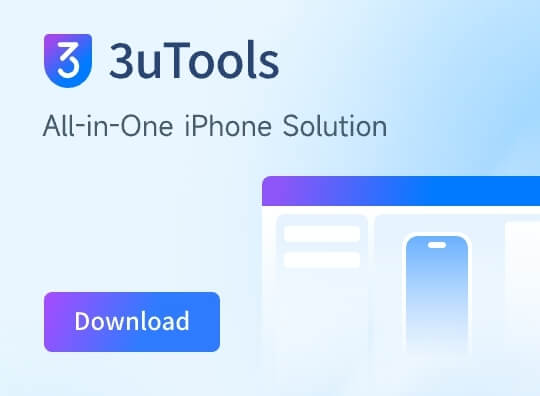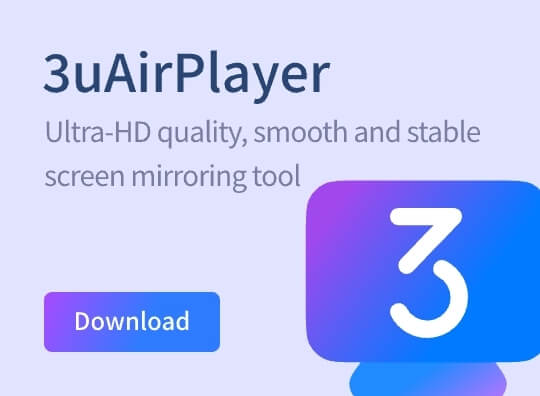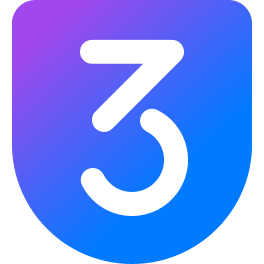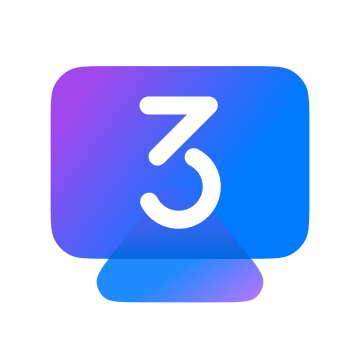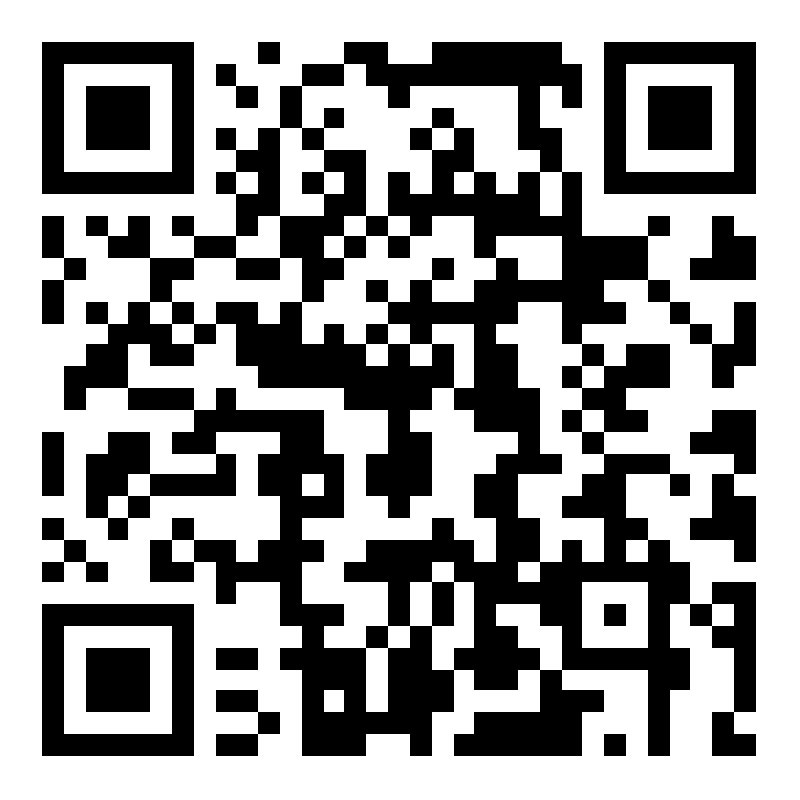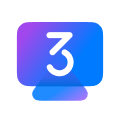iPhone Beaten in Performance Race By 1970's Apple II and Other Even Older Computers
02/24/2018
4212
It’s a fact that today’s mobile phones boast way more computing power than the systems used by NASA to put a man on the moon in the 1960s.
The iPhone 6, released in 2014, is 32,600 times quicker than the speediest Apollo-era computers and capable of performing instructions a whopping 120,000,000 times faster. So in a race against seven computers from the past 75 years, you’d imagine the iPhone 6 would wipe the floor with an Apple II from 1977, a 1990s PC running Windows 98, and a £12.99 BBC Micro:Bit, right? Wrong.
The National Museum of Computing at Bletchley Park in the UK staged a race over the weekend in which eight computing devices were tasked to see which could output the most numbers in the Fibonacci sequence -- a series that starts with 0 and 1, with each subsequent number calculated by adding the two preceding numbers -- in 15 seconds.
The £12.99 BBC Micro:Bit (from 2015) came top, managing to output 8843 numbers. It was followed by the Windows 98 PC with 1477, and a BBC Micro from the 1980s (the computer that inspired today’s Raspberry Pi) with a more distant 70.

In fourth place was the Apple II with 35, and a PDP-8 from 1965 came fifth with 16. A Facit Calculator managed sixth place with 7, just ahead of the iPhone 6 which output just 4. Still, it was one number ahead of the 1951 Harwell WITCH (the world’s oldest working computer).
Of course, the race wasn’t entirely fair. The way the numbers were generated had to be tailored to each device’s style of computing -- voice input in the case of the iPhone, and read off paper tape in some older computers.
Prior to the race, Andrew Herbert, chairman of the trustees at The National Museum of Computing, explained:
Because we're running on machines from different decades of computing, each of the programmers has had to think how to best go about generating those Fibonacci numbers using their style of computing.
On the older machines the programs are on punched paper tape, and maybe the output is coming out on the teleprinter. The computers from the home-computer era, they've got screens and can run a program written in a language like BASIC, but the people on the older machines perhaps have to run their programs in machine code, which makes their programs run faster.
The people on the more modern machines have the opportunity to use more modern languages like Python and they have the opportunity of using voice commands or touch-systems on their screen.
Source: betanews


